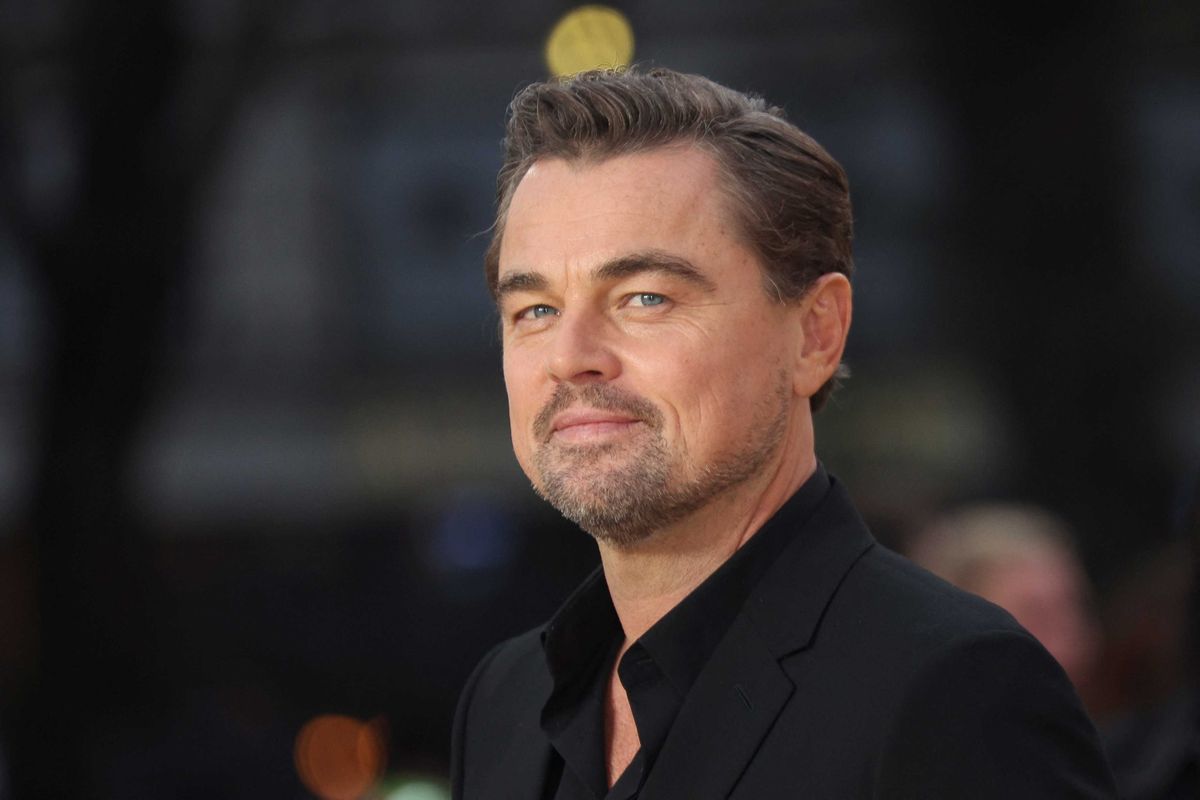
This week has felt like one battle after another. We all watched video after video of ICE agents dropping from helicopters onto a Chicago apartment block, kicking in doors and terrorizing Black and Hispanic American and immigrant families, then trashing and stealing their possessions without ever presenting a warrant signed by a judge.
The GOP pushed the country to the brink again with another government shutdown threat while right-wing legislatures redrew districts to erase the votes of millions. We heard more talk of arresting journalists for doing their jobs, and watched as the military rolled through American cities as if people here are the enemy.
Each day has felt like a slow-motion assault on democracy itself.
Louise and I went to see Leonardo DiCaprio’s new movie, One Battle After Another, last weekend, and I was stunned. It’s a film of rare courage and artistry. From the first scene to the last, Paul Thomas Anderson reminds us that cinema can still tell the truth about power and conscience. It’s a film that demands attention, not permission.
The movie runs about two-and-a-half hours, but it’s so action- and drama-packed that it felt like it flew by in less than an hour. I knew people similar to those characterized in this movie when I was in East Lansing SDS back in 1968-69: seeing them portrayed like this was a hoot! This is truly brilliant film-making.
Predictably, conservatives rushed to condemn it. Some labeled it “irresponsible” or claimed it “glorifies violence.” What they really mean is that it unsettles them. They prefer art that flatters authority and soothes the comfortable. This film refuses to do either.
The world Anderson portrays is not a fantasy. When federal agents execute suspects, when protests are manipulated to justify repression, when truth is distorted by propaganda, that is not simply fiction. It reflects the deep anxiety of a society that’s watched Trump’s executive power become far too concentrated and way too cruel. Anyone paying attention to the news knows how real that danger feels.
The rightwing National Review published a piece titled “There Will Be Bloodlust in ‘One Battle After Another’” that accused Anderson of romanticizing 1960s radicalism. Yet DiCaprio, who stars in the film, called it a “timely satire.” Speaking to Reuters, he said, “It’s not a film where people are imposing any political beliefs on anyone else. It’s satire on both ends.”
That contrast says everything. Conservatives want to see chaos; Anderson and his cast are inviting reflection. The violence in the film is not triumphant; it’s painful, personal, and tragic. It shows what happens when injustice festers until ordinary people begin to break, as I saw in the people I knew in the Weather Underground back in the day.
History reminds us that art has always frightened the powerful. Uncle Tom’s Cabin was banned in the South because it forced them to confront slavery. Upton Sinclair’s The Jungle was smeared by industrialists for revealing the cruelty of unregulated capitalism. Protest music of the 1960s and artists like Bob Dylan and Pete Seeger were condemned as “unpatriotic” by the same crowd that called Dr. King a radical.
When art tells the truth, power always howls.
Today the same pattern repeats. The same rightwing billionaires funding “outrage” over this film are working to silence teachers, censor libraries, and rewrite history to protect privilege. They fear a nation that can still feel empathy; they fear what happens when people start asking why power serves so few.
One Battle After Another is not a call to arms. It is, instead, a warning about what happens when corruption becomes normal and compassion becomes rare. It asks us to look at the machinery of cruelty and decide whether we’ll stand by or resist. That choice is the same one that generations before us have faced.
If this film makes people uncomfortable, that’s its purpose. Democracy doesn’t survive by comforting the powerful. It survives when ordinary people demand justice and truth, even when it stings.
One Battle After Another will be called divisive by those who profit from division. They’re wrong. The real division in this country is between those who believe art should serve power and those who believe art should challenge it.
I stand with the challengers, because when we fall silent, we serve power; when we speak, we hold it to account.




